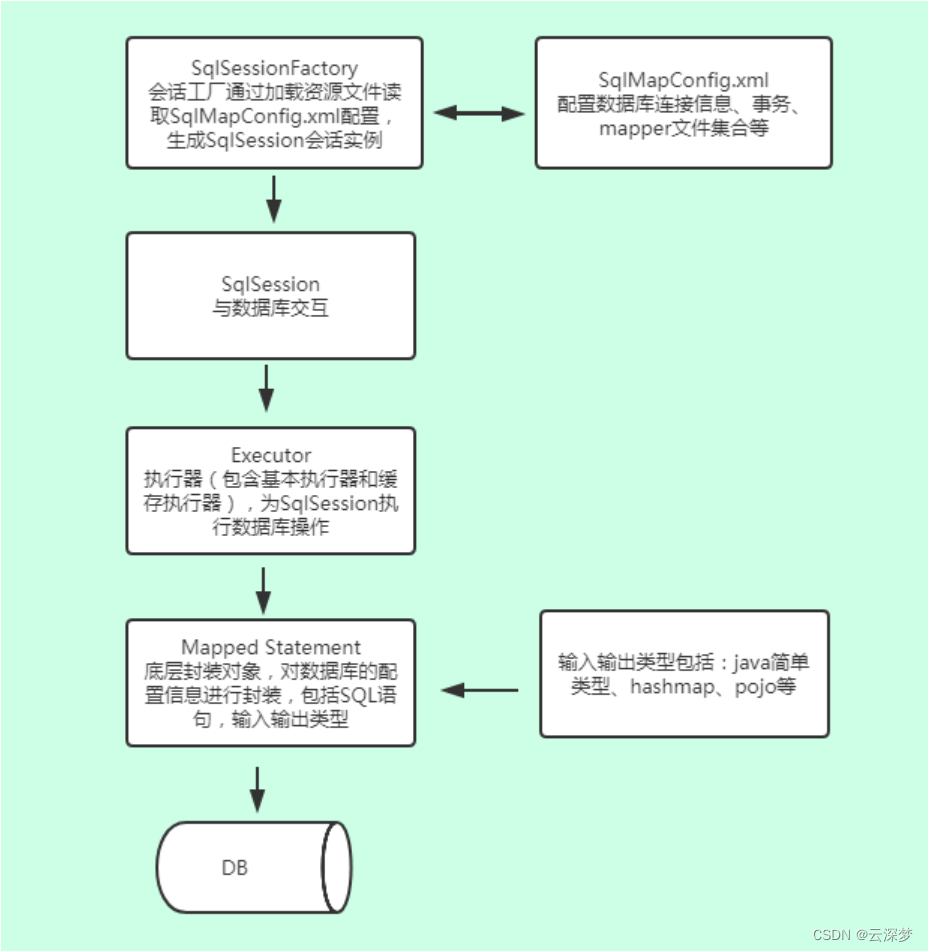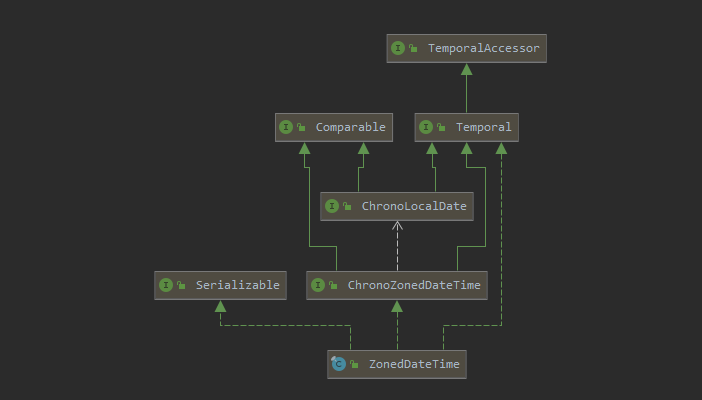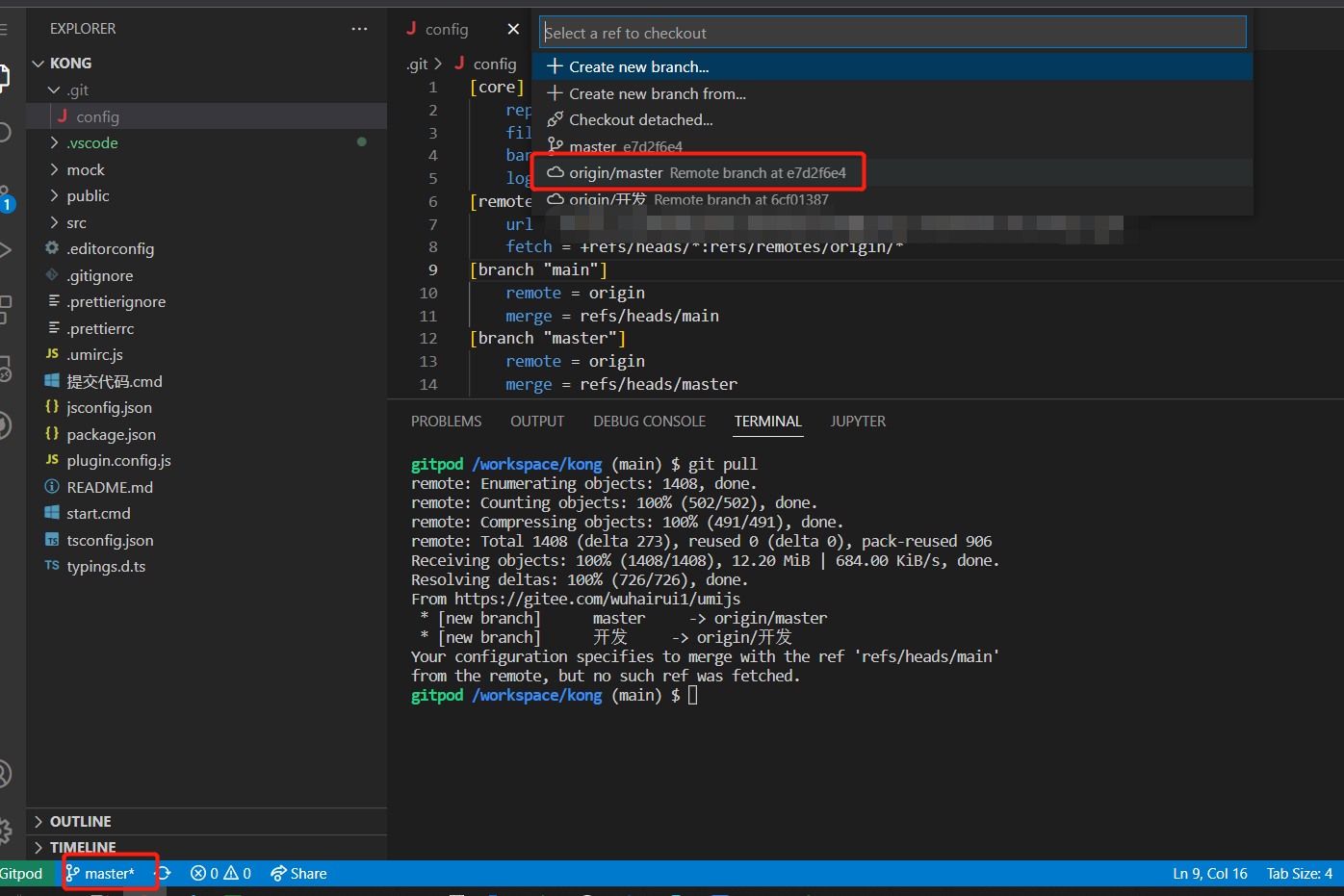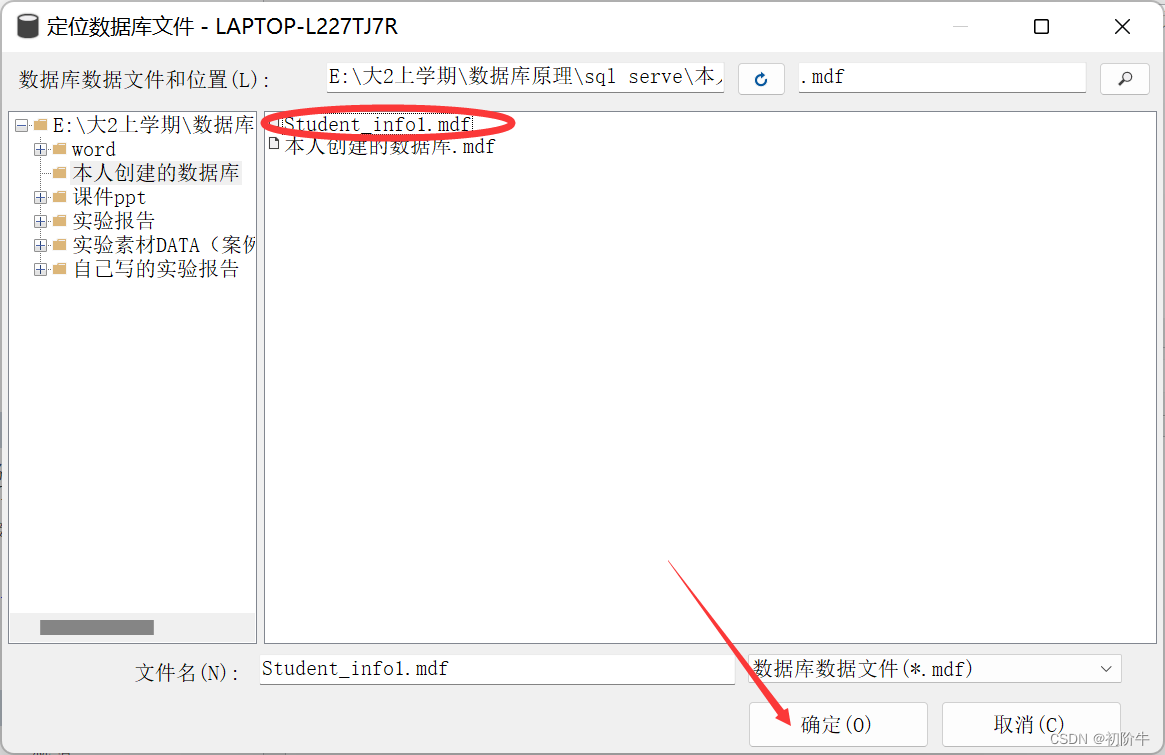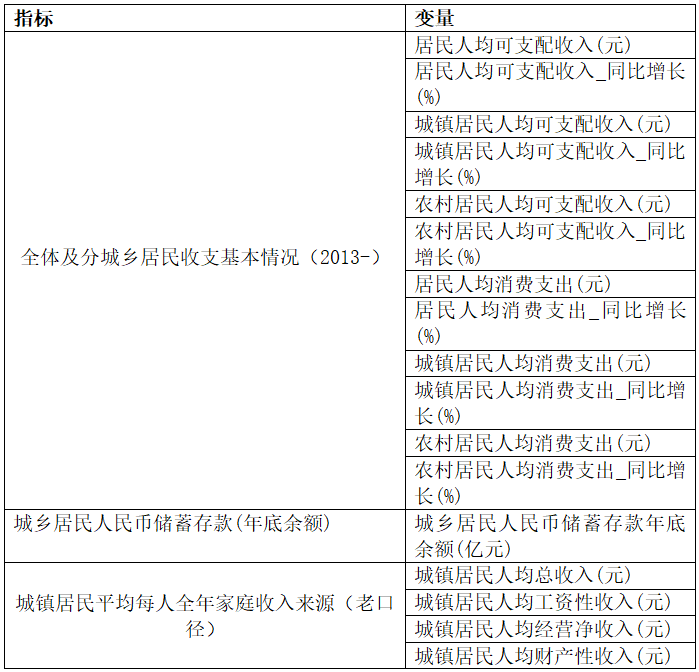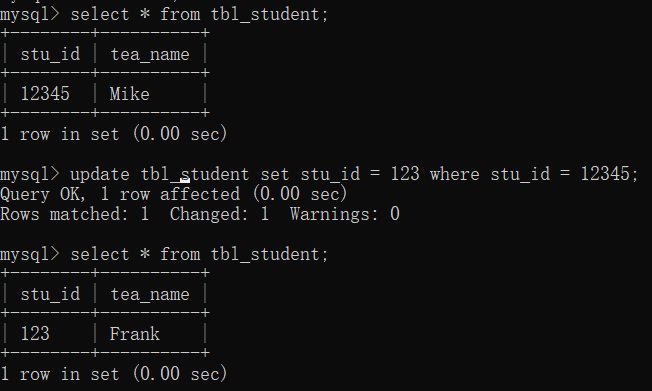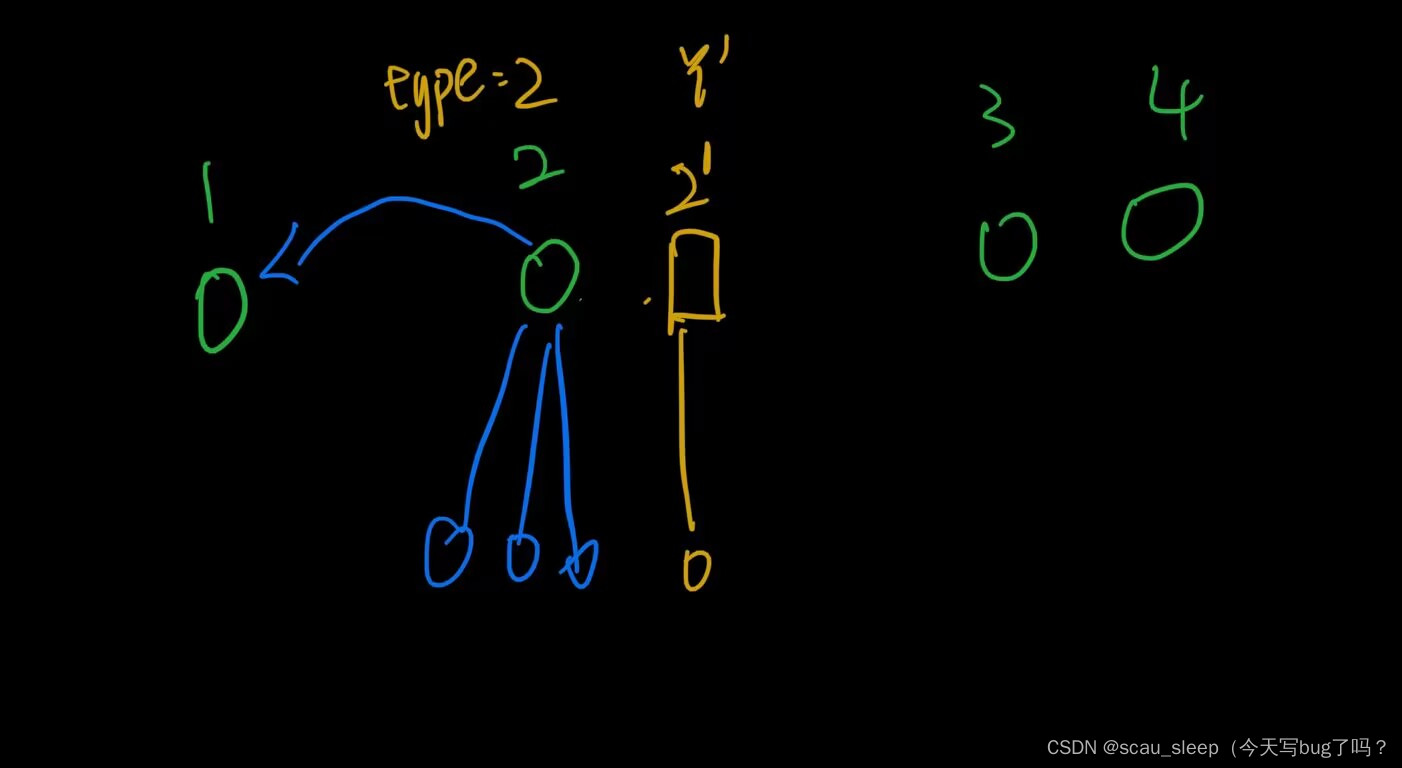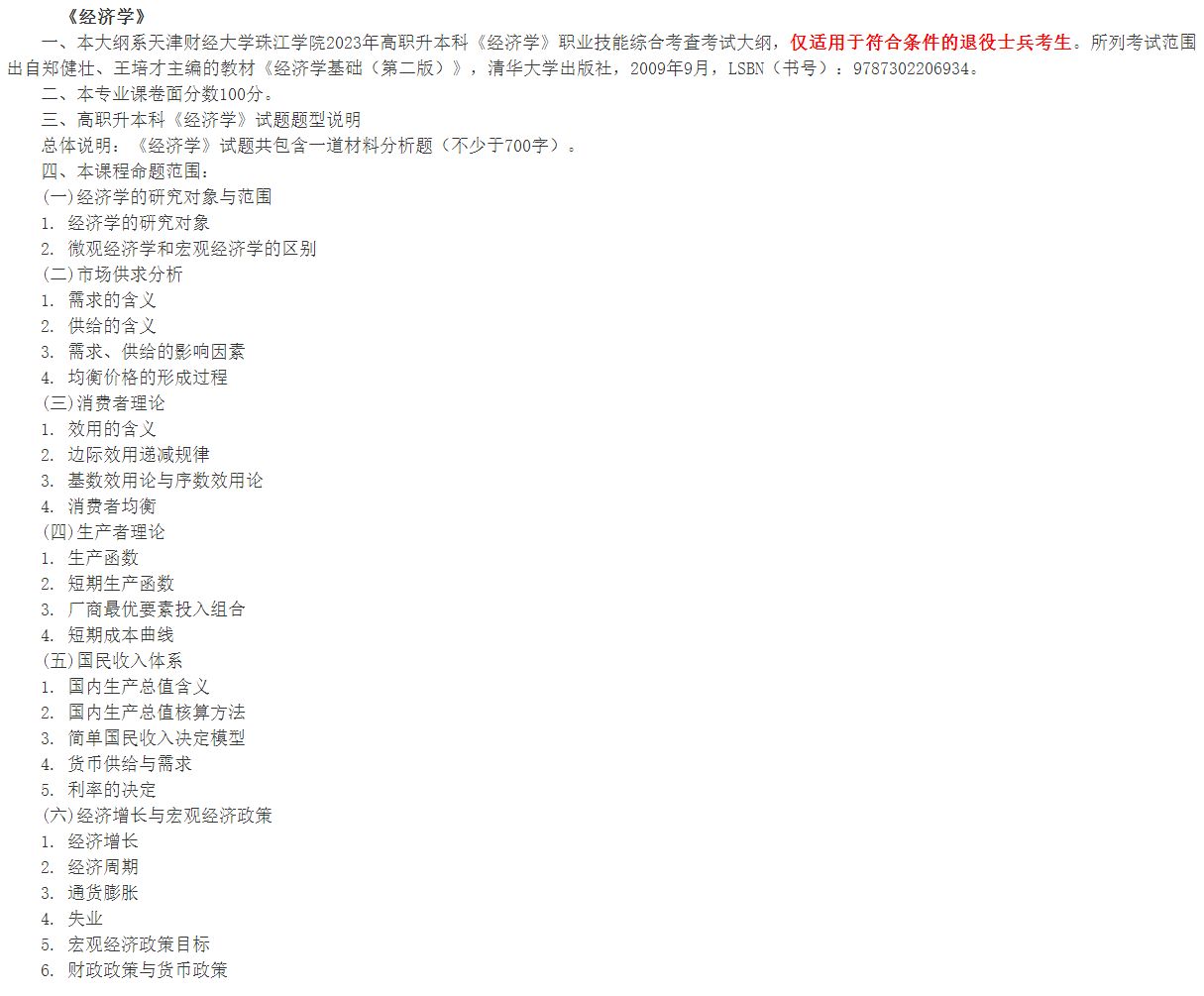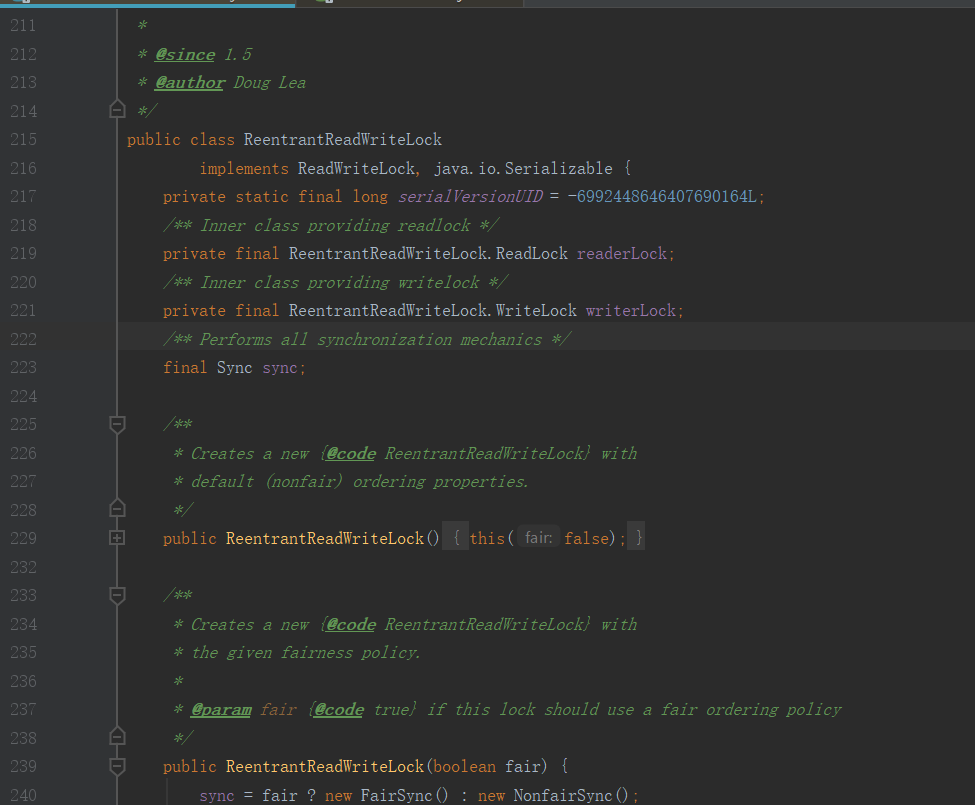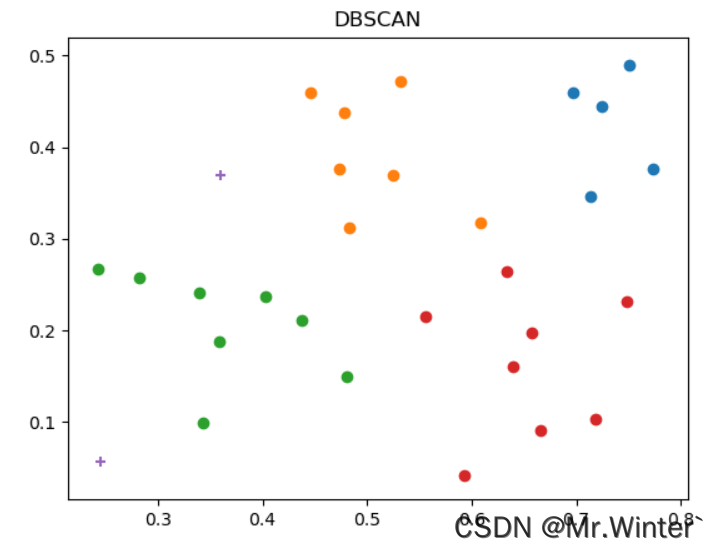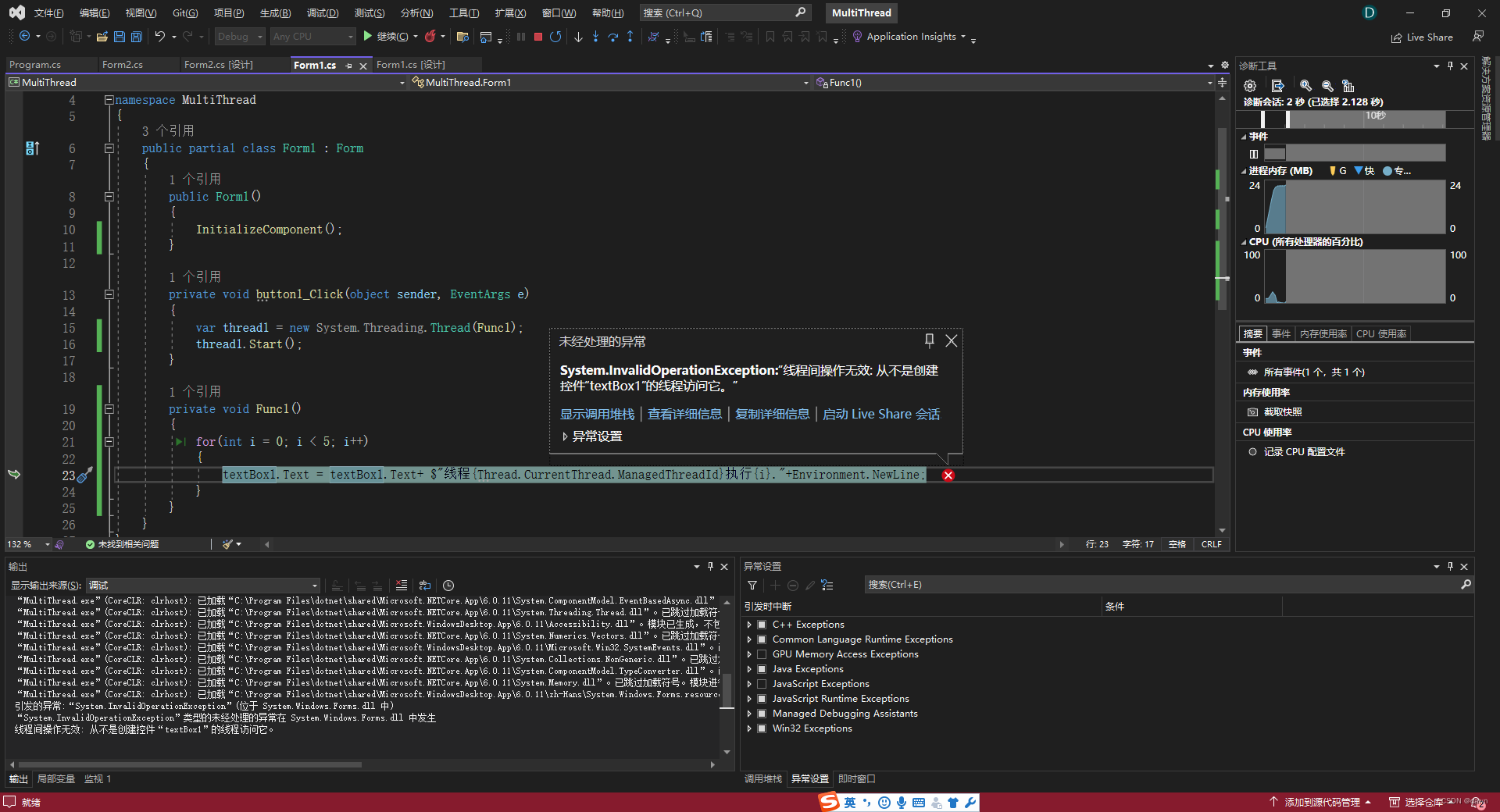Problem - C - Codeforces
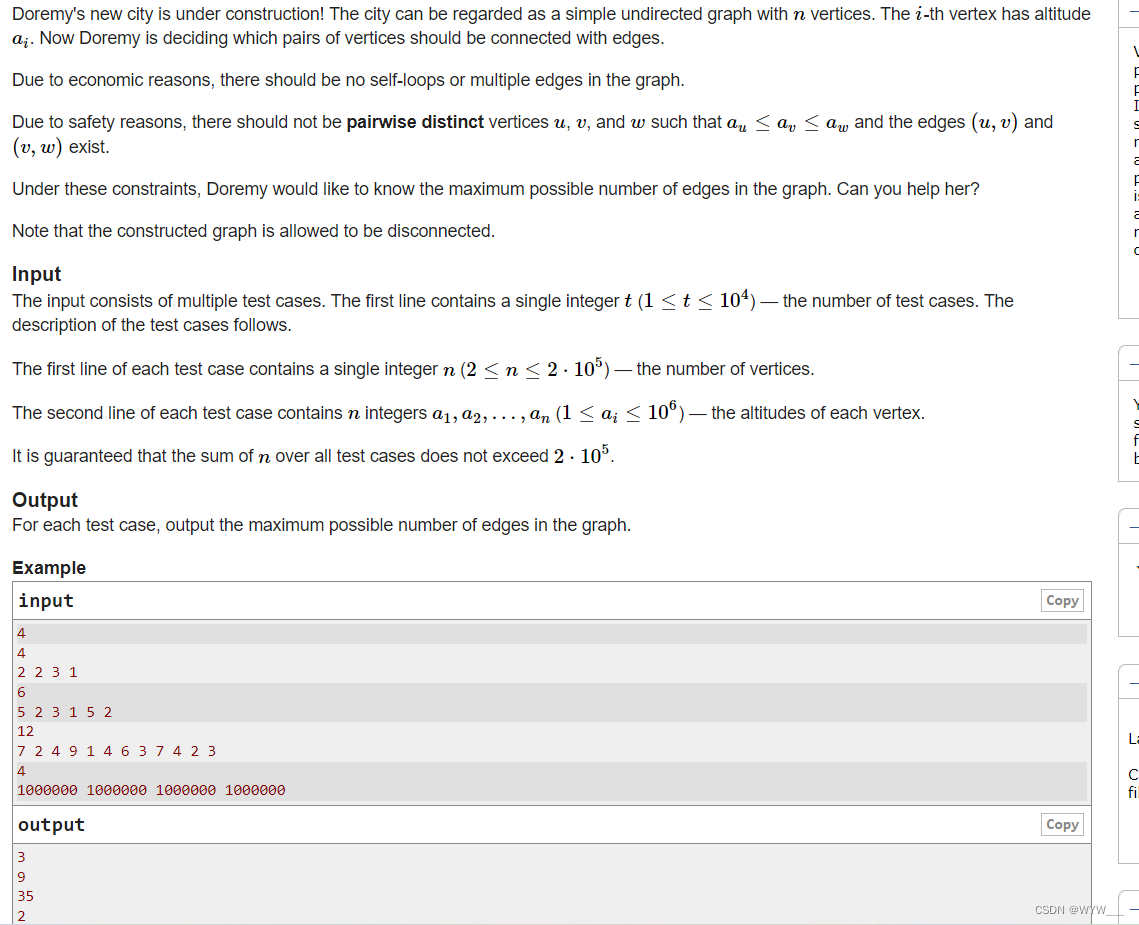
Doremy的新城市正在建设中! 这个城市可以被看作是一个有n个顶点的简单无向图。第i个顶点的高度为ai。现在,多雷米正在决定哪些顶点对应该用边连接。
由于经济原因,图中不应该有自循环或多条边。
由于安全原因,不应该有成对的不同顶点u、v和w,使au≤av≤aw和边(u,v)和(v,w)存在。
在这些约束条件下,Doremy想知道图中最大可能的边数。你能帮助她吗?
请注意,所构建的图允许是不连接的。
输入
输入由多个测试案例组成。第一行包含一个整数t(1≤t≤104)--测试案例的数量。测试用例的描述如下。
每个测试用例的第一行包含一个整数n(2≤n≤2⋅105)--顶点的数量。
每个测试案例的第二行包含n个整数a1,a2,...,an(1≤ai≤106)--每个顶点的高度。
保证所有测试案例的n之和不超过2⋅105。
输出
对于每个测试案例,输出图中最大可能的边数。
例子
inputCopy
4
4
2 2 3 1
6
5 2 3 1 5 2
12
7 2 4 9 1 4 6 3 7 4 2 3
4
1000000 1000000 1000000 1000000
输出拷贝
3
9
35
2
题解:
题中说不允许出现三条边相连类似,wi <= wj <= wk的形式
那我们就构造不是这样的形式即可
记录每个f[x]的值
遍历f[x],找到小于x的值有l多少,与大于x的值r有多少
理论上每个大于x的值,两边是随便放x的值,与小于x的值的,一个大于x的值,可以构建l + f[x]条边,
那么r个大于的值,就可以构建(l + f[x])*r条边
还有一种情况,所有点值相等,n/2
#include<iostream>
#include<algorithm>
#include<cstring>
#include<string>
#include<map>
#include<vector>
#include<queue>
using namespace std;
#define int long long
//1 1 3 3 3
void solve()
{
map<int,int> f;
int n;
cin >> n;
for(int i = 1;i <= n;i++)
{
int x;
cin >> x;
f[x] ++;
}
int s = 0;
int ans = 0;
for(auto [k,v]:f)
{
s += v;
ans = max(s*(n-s),ans);
}
if(ans == 0)
{
ans = n/2;
}
cout<<ans<<"\n";
}
signed main()
{
// ios::sync_with_stdio(false);
// cin.tie(0);
// cout.tie(0);
int t = 1;
cin >> t;
while(t--)
{
solve();
}
}
//5 7
//2
//3 1
//4